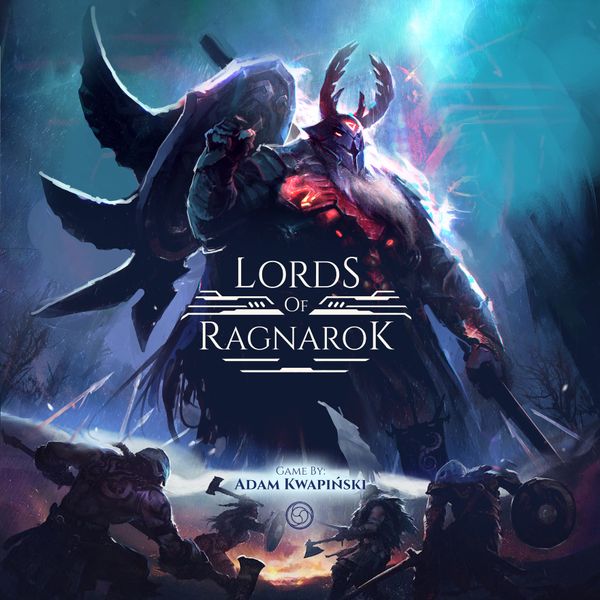Lords of Ragnarok (2023) Board Game
Lords of Ragnarok is a board game set in a fantastical world inspired by Norse mythology. Designed by Adam Kwapiński and published by Awaken Realms, this game allows players to take on the roles of powerful lords vying for control over various territories in a post-apocalyptic setting.
Game Components of Lords of Ragnarok
How To Setup Lords of Ragnarok
Setting up Lords of Ragnarok involves placing the game board, distributing the initial resources and miniatures, and preparing the action disks on YGGDRASIL. Players choose their heroes and armies, and the game boss (such as Loki in the core box) is selected. Each player sets up their starting territories and resources according to the game’s rules.
Gameplay Mechanics and Game Objective
Mechanics
Game Objective
Player Experience
Players of Lords of Ragnarok often describe the game as visually stunning but mechanically complex and sometimes convoluted. The game’s length, typically 90-120 minutes, can be off-putting due to the perceived lack of significant rewards for the time invested. Some players appreciate the game’s thematic depth and the variety of actions available, while others find the rules too fiddly and the solo mode underwhelming.
Pros
Cons
Personal Thoughts on Lords of Ragnarok
Lords of Ragnarok is a game that appeals to fans of complex, thematic board games with a strong focus on miniatures and area control. However, it may not be the best choice for those seeking a streamlined or quick gaming experience. The game’s strengths lie in its aesthetic appeal and the depth of its strategic options, but its weaknesses in rule complexity and playtime might deter some players. It is particularly suited for players who enjoy intricate gameplay and are willing to invest time into learning and mastering the game’s mechanics. For fans of Lords of Hellas, the predecessor, Lords of Ragnarok might be a disappointment due to its mixed reception and perceived steps backward in game design.
We are supported by our audience. When you purchase through links on our site, we may earn an affiliate commission, at no extra cost for you. Learn more.

